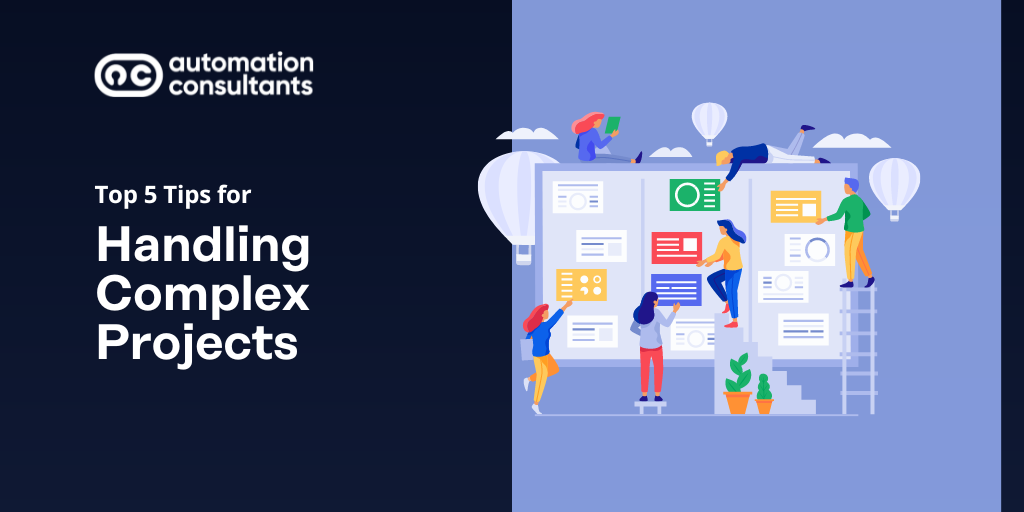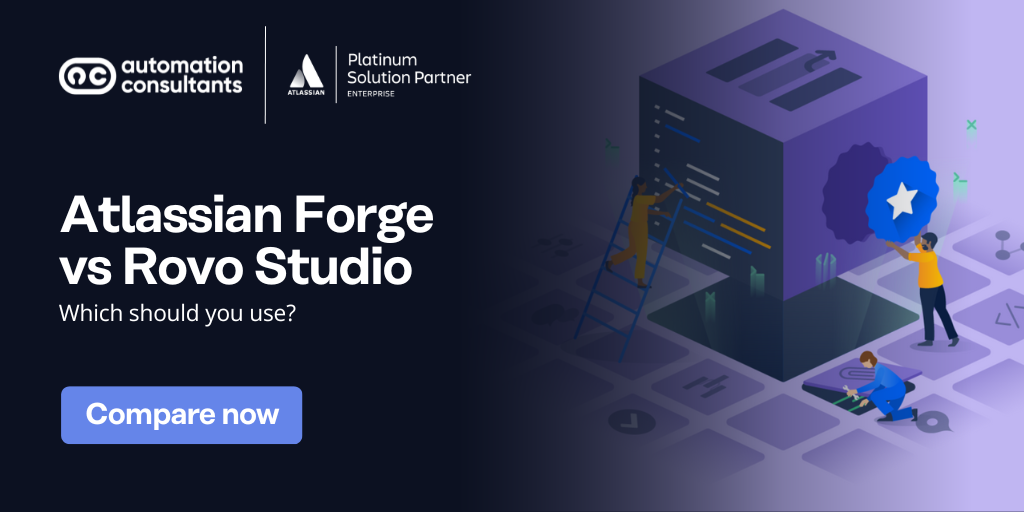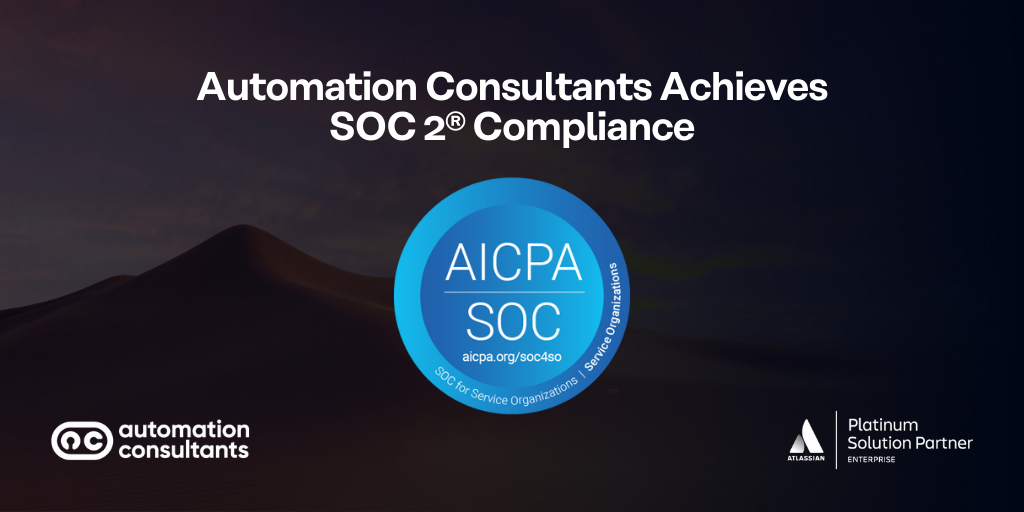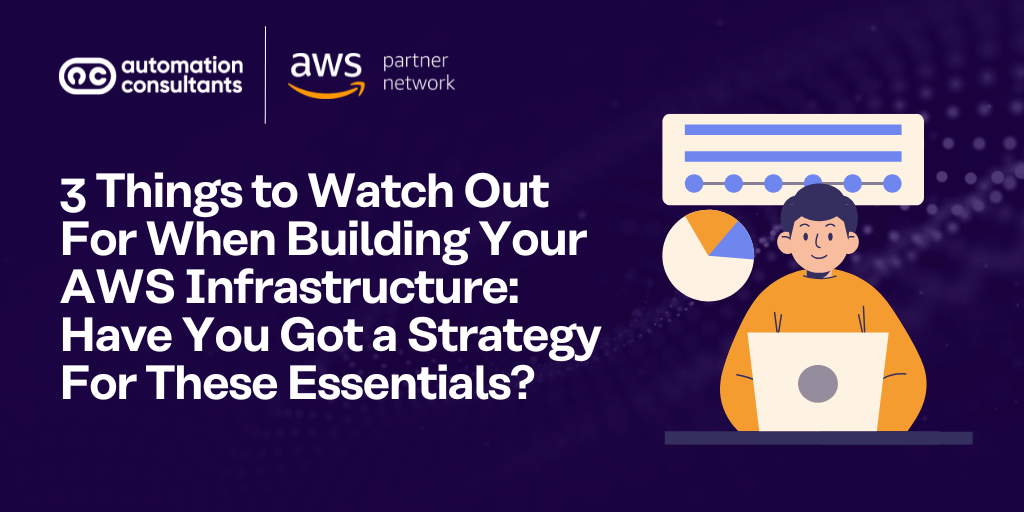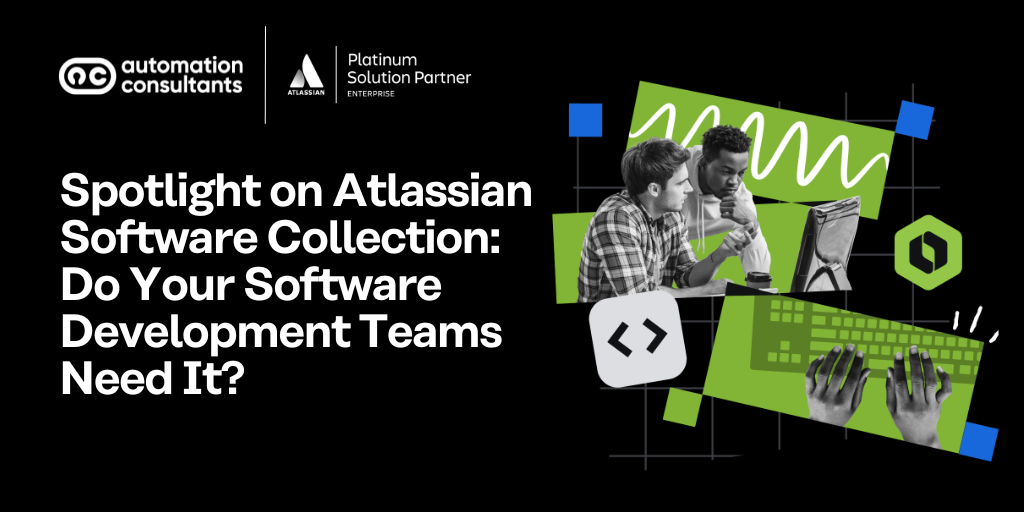Large-scale projects – with thousands of users, multiple stakeholders and a range of tools – will carry a high level of complexity and potential risk.
When you add in regulatory requirements, a global user base, or the inevitable resistance to change, that complexity can grow.
That’s where we come in.
With years of experience delivering projects just like the ones we’ve described, we’ve learnt a thing or two.
In this post, we’re sharing five tips to help you handle your large-scale, complex project. They won’t solve every issue, but they might help you achieve a successful outcome with just a little less stress.
1. Plan, plan, plan. And then plan some more
When tackling any kind of complex programme, it is essential to plan out each stage of the process.
On the surface, process mapping enables you (or your Project Lead) to allocate resource, realign priorities and schedule downtime appropriately.
But the real value of this exercise goes far deeper. Running through each stage of your journey enables you to model ‘what if’ scenarios. Use this exercise to truly explore how you would address challenges. What would an unacceptable outcome look like? And how would you resolve it?
Within your planning, build in contingency time – and then add a little more.
Remember the hidden costs (in terms of both time and financial) that lurk within every project:
When you open up stakeholder feedback, have you also built in time to respond to that feedback?
If you require third-party support, have you built in contingency costs?
If your downtime window extends for longer than planned, what steps are in place to resolve it?
Leave room in your planning for flexibility. You may need to pause progress to respond to an urgent incident, or to address an unexpected challenge elsewhere in your organisation. Or you may find you hit upon a smarter way of achieving something, and pivot to benefit accordingly.
Spotlight on planning
Typically, there are two kinds of planning styles: ‘Waterfall’ and ‘Agile’.
What is waterfall planning?Waterfall (or, in other words, traditional) planning tends to center on fixed periods of times with associated action areas and goals. For example, some projects will benefit from the 30-60-90 day planning model. This is particularly appropriate for projects which are heavily sequential, with strict timeframes and limited resource.
What is Agile planning?Agile planning enables a project team to be more responsive, adaptable and, well, Agile. This can reap real benefits when unexpected challenges occur, or a project needs to change course, as the team can pivot rapidly. To truly embed Agile planning, however, you still require discipline and structure, using proven Agile planning techniques.
Are you facing complex programme delivery challenges? From scope creep and inadequate resources, to technical challenges and communication issues, large projects often fail to meet agreed timescales and budgets. Let Automation Consultants change that for you. With highly skilled and senior partners, specialist resources and two decades of delivering successful outcomes for globally-renowned organisations, we can guide you through your transformation.
2. Communicate the ‘why’
When you are undertaking a new project – especially one which will incur change for your people – you need to explain why.
Why are you asking them to fundamentally change the way they work?
What is the benefit of migrating them from one tool to another?
Is everyone aware of the purpose of this work?
Without this foundation, it will be more challenging to engage your stakeholders and maintain their support – especially if you are asking them to make significant changes to their processes or work, or if they’re going to have to endure a period of downtime or disruption.
The first stage of this is to communicate the drivers for change.
Why now – what challenges will this solve?
What will change?
When should your people expect to see benefits?
Tip!
Remember to speak your people’s ‘language’ in terms of benefits. What does success look like for different teams and roles?
For some, it may be time efficiencies in their role. For others, it may be providing them with a better work environment or more effective tools.
Across a large organisation, you’re going to have myriad stakeholders, all of whom will need targeted benefits communicated to them. You’ll need to take a layered approach.
3. Choose the right partner
When you’re handling a complex programme, you’re going to need a best-in-breed partner by your side.
That partner will need to have experience delivering complex programmes, be able to prove a consistent record of successful outcomes, and a strong network of affiliates and vendors to provide additional support.
Your organisation may already have a contracted supplier, or be bound by a strict procurement process, so the power to choose your Consultancy partner may be limited.
Where you do have a choice, we’d recommend considering the following:
Ask for case studies and testimonials from previous complex change initiatives.
Ask to speak to the people you’ll actually be working with. Unfortunately, some organisations find they’re dazzled by sales teams and then let down by teams on the ground.
Be clear on your expectations and communication. Build in weekly, or even daily (if you need them), meets within your Scheme of Work so you are continually clear on what is being delivered (and what you are being charged for).
Learn about a potential provider’s passion and engagement with their work. Let’s look at AI, for example. It’s going to fundamentally change the way we work, so ask a prospective partner for their opinion. What do they anticipate happening? How are they going to respond to evolving market places, challenges and opportunities?
Spotlight: ADO to Jira Cloud Migration
An international logistics and shipping giant needed to consolidate its teams, processes and tools into one unified, central way of working.
We led a large-scale migration from Azure DevOps to Jira Cloud, with 2.5k users, 150 projects and 750k issues.
Within nine months, all 8000 users across the enterprise were working in Jira Cloud. Tooling, working methodologies and operational processes were all standardised.
4. Build in enough time for testing
User Acceptance Training (UAT) is a crucial stage in a project. It’s here that users get a chance to explore new tools or processes, and provides an opportunity to identify teething problems (and, crucially, resolve them).
Often, however, organisations don’t build in enough time for UAT.
Nor do they provide enough notice that the testing stage is on its way. We recommend that you provide regular notifications to users or team members, highlighting the UAT timeframe, and explaining why it’s such a valuable exercise.
On a large-scale project, managing user feedback can be highly challenging, often due to the sheer volume of users or team members. To handle this, set clear expectations about the deadline for receiving feedback, and the timeframes for your response.
Tip!
Ahead of UAT, get teams to elect one or two testers.
You want to ensure you have a representative sample of all teams participating in UAT for well-rounded testing and feedback.
If you engage with a core group of testers, you can also clearly outline the importance of spending time on UAT (as it will undoubtedly compete with their other work and priorities) and the value it will ultimately deliver.
5. Don’t forget aftercare
Even the most carefully planned project can fall at the last hurdle: ‘After the event’.
Whether you’ve emerged from a digital transformation, led a strategic Cloud migration, or are on the other side of an acquisition or merger, it’s tempting to consider the job done once that key piece of work has closed.
In reality, this is the stage where you really need to focus on communication and stakeholder engagement.
After a period of significant change – and perhaps disruption to BAU activities – it takes time for teams to truly start benefitting. This is when you’re going to need to provide support and consistency:
Centralised knowledge base or support documentation
Clear signposting to additional help or advice (such as an internal helpline or weekly drop-in sessions)
Consistent communication
Formal training or workshops
Team Ambassadors who can champion the new tools or processes amongst their peers
Ready to explore working with a new partner? Here at Automation Consultants, our proven approach is designed to mitigate the risks of large projects and to guide you to a successful outcome. From detailed planning and proactive risk management, to experienced leaders and a network of trusted affiliates, we provide a safe pair of hands to deliver your complex programme.
In closing
Complex and large-scale change can feel all-consuming. But, if delivered successfully, it can result in significant benefits for your organisation and people.
Improved efficiency and productivity
Enhanced security
Standardised tooling and working processes
Significant cost savings
Improved performance and uptime
Better alignment with and support of enterprise goals
Compliance with regulations and statutory requirements
Future-proofed strategy, technology and infrastructure
To really reap the above benefits, you need to find the a partner with the right experience, skill and, crucially, ethos.
Will they truly immerse themselves in your company culture, understand your challenges and work with you – not just for you – to achieve the outcomes you need?
Here at Automation Consultants, we pride ourselves on the quality and consistency of our work. We’ve led complex programme delivery for internationally renowned organisations, from TV Broadcasters and global shipping and logistics businesses, to central government and leading telecoms companies.
Why not discover the AC difference today and talk to us? For a free consultation, simply fill in the form below.

